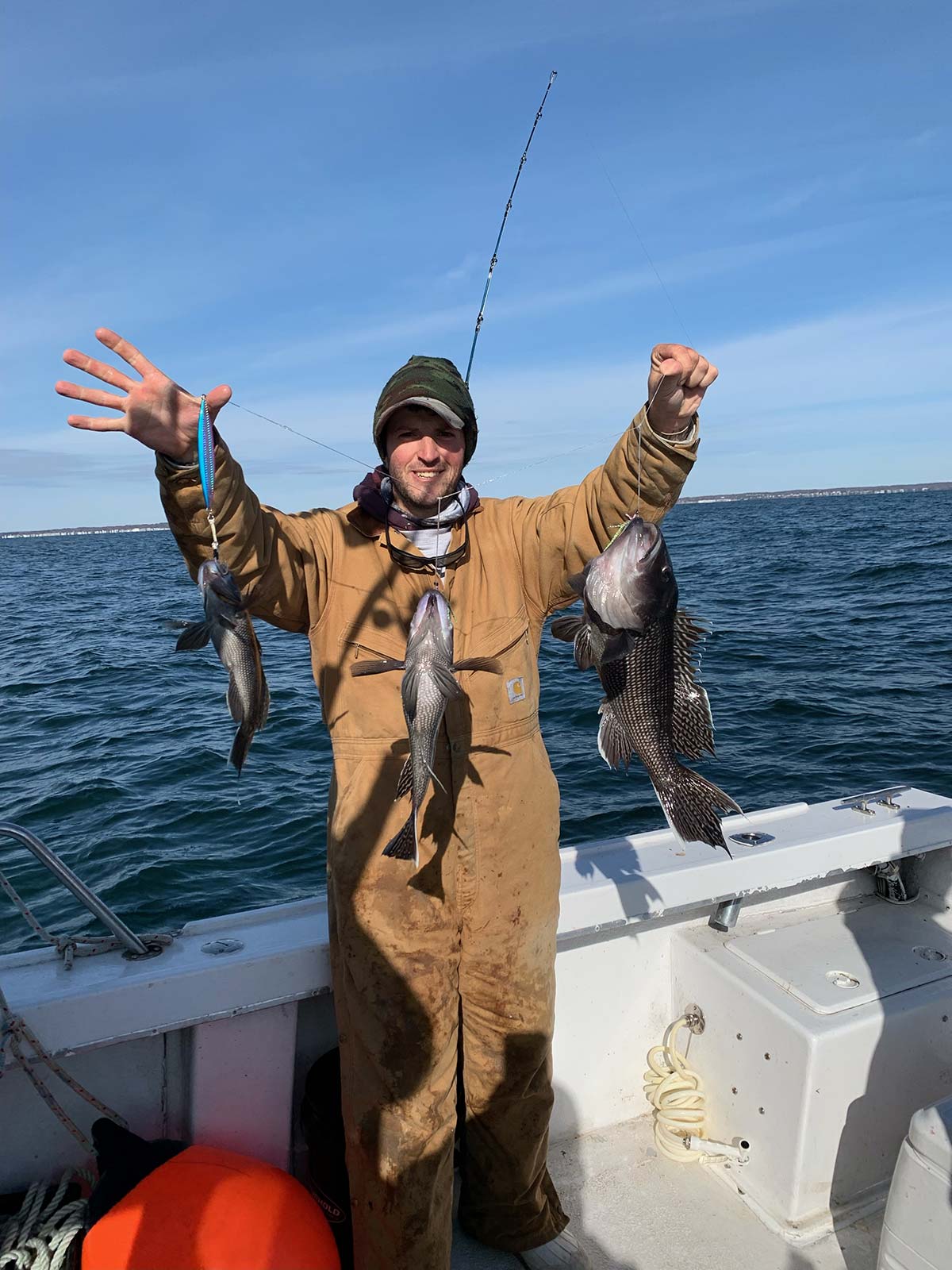
The many wrecks that litter the waters of southern New England are havens for late-season bottom fish.
I was rather surprised to find out that the largest passenger vessel shipwreck prior to the Titanic is right off the south shore of Rhode Island. The Larchmont, a 252-foot wooden ‘side-wheel’ steamship with a beam of 37 feet sank on the night of February 11, 1907 after colliding with a coal ship in 20-foot seas on its way to New York City. She came to rest about three miles from Watch Hill Point (N41.16.070 W71.49.271); of the more than 150 passengers and crew aboard, only 17 survived. This ship is just one of the dozens of shipwrecks that litter the waters of both Block Island Sound and Long Island Sound and all of them make great fishing spots.
Shipwrecks provide a haven for nearly every species of fish that swims in our marine waters. Come November and into early December black sea bass, cod and blackfish take up residence among these sunken ships in large numbers. In the latter part of my saltwater fishing season I put a lot of time in targeting these wrecks. These late-season trips provide an opportunity to top off the freezer before the long winter.
As the water cools down to 55 and then to 50 degrees, the fish will move progressively deeper, to the point that fishing in anything shallower than 50 feet is pretty much a waste of time. My best success typically comes from depths of 80 to 150 feet in November and into early December and you can bet that I’m always going to be targeting structure.
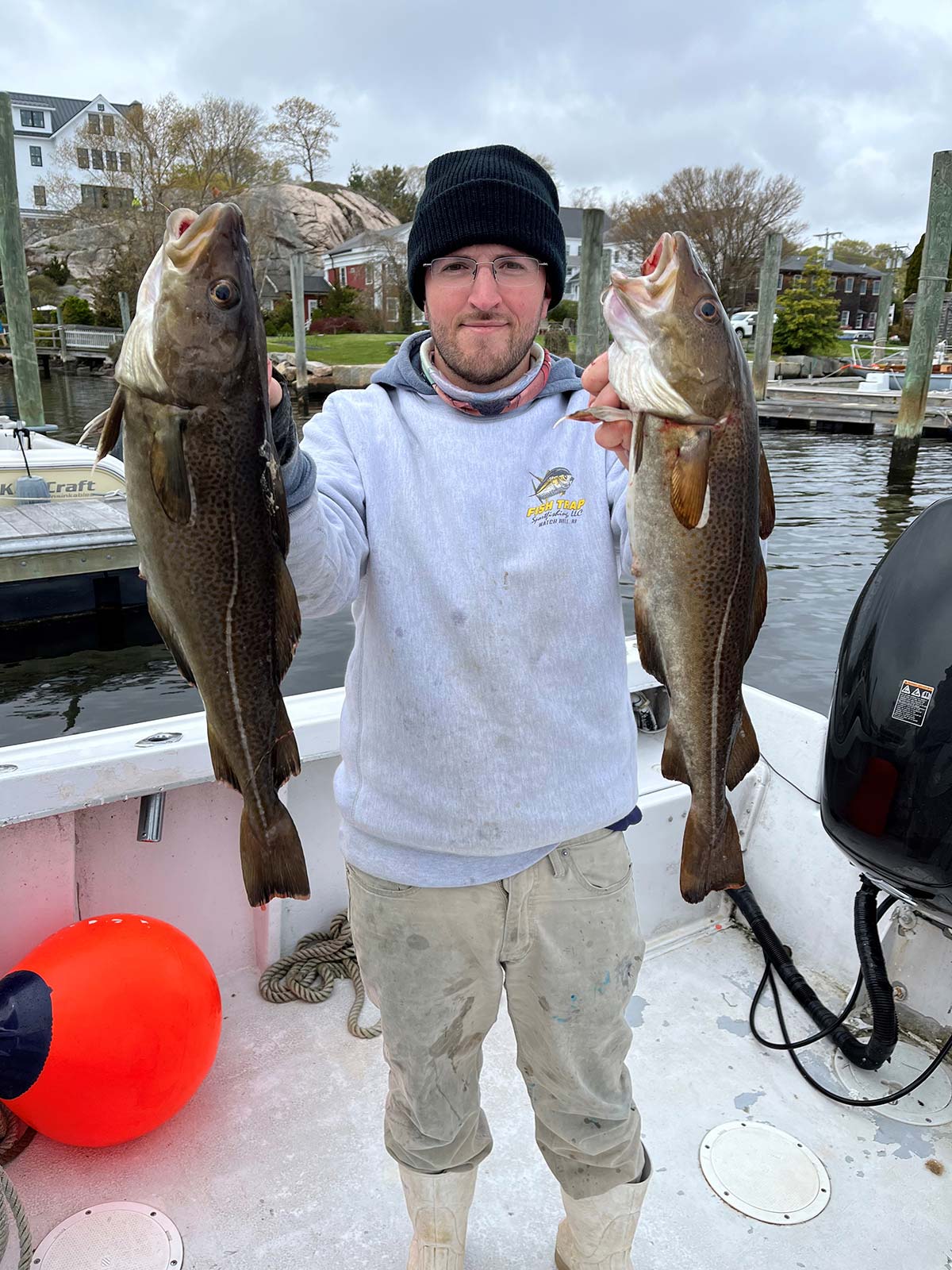
Jig & Teaser
I pretty much stick to three techniques when fishing these deep water wrecks. When I’m targeting cod and aggressive sea bass, I like to use and jig and teaser. There are many effective jigs on the market that range from the tried and true Diamond Jig to high-tech marvels like the Shimano Flat-Fall Jig or any of the long list of specialty jigs made by Nomad. These depth require weights of 6 to 10 ounces, anything lighter and you will have a hard time reaching bottom and staying in the strike zone. My personal favorite is the Daiwa Zakana Jig; I like these because of their high standard of quality, top of the line terminal tackle and the fact that they just plain catch fish. It’s wise to have a variety of colors with you on any given trip, I like silver, white, pink and green as mainstays, but I also like to have some natural colors on hand as well and while I haven’t found any one color that outshines all the rest, I have seen many days when the fish were showing a clear preference for one hue over all the others.
For the teaser, I tie a dropper loop about 30 inches above my jig and attach a 4/0 or 5/0 Gamakatsu baitholder hook to the loop. There are nearly endless teaser options on the market, but I like to keep it simple. My two favorites are the Gulp 5-inch grub and the Gulp 4-inch shrimp. The same mantra holds true for the color of the teaser, white, pink and green are the leaders of the pack, but it pays to have a variety, because you never know when the fish are going to key in on one color and there’s nothing worse than being the one guy on the boat doesn’t have the right color.
The technique is pretty simple: drop the jig to the bottom and begin a series of long, sharp jigging motions, allowing the jig to flutter back to the bottom after each lift. It’s very important to maintain a slack line while the jig flutters back to the bottom, but the line can’t be so slack that you won’t feel a strike. It’s a ‘feel’ thing that you can only really perfect by doing, but it’s not that hard to get the hang of. But it’s very important to get right, because most of the hits do come when the jig is falling back down to the bottom.
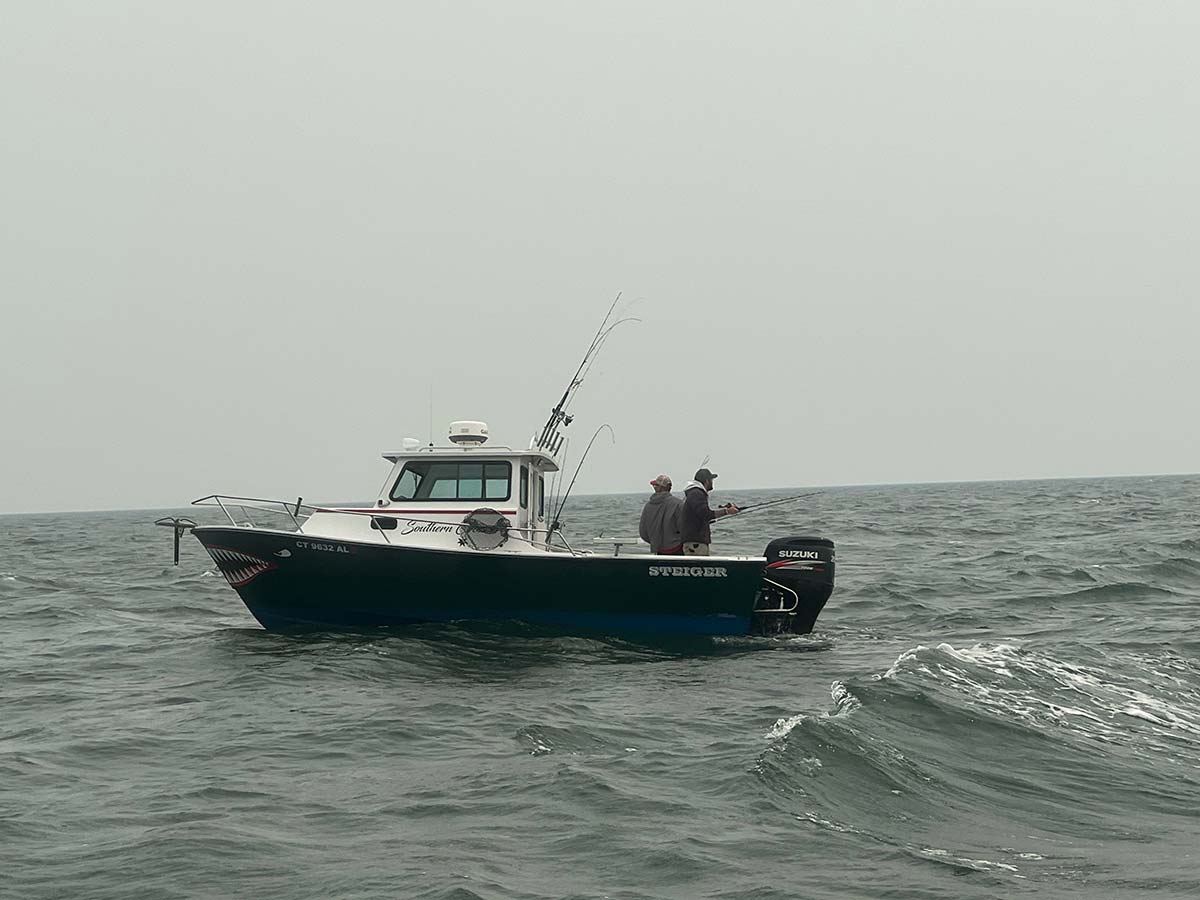
The Real Thing
When the fish don’t seen too enthusiastic about the jig, I’ll switch over to fishing with bait. When the drift is slower I like to use a 3- to 4-ounce blackfish jig tipped with a whole green crab or a piece of clam. My preference is the JoeBaggs Lay Perfect Jig, but any one of the dozens of tog jigs on the market will work just fine. I like the tog jig because it provides a direct line to my bait and keeps the bait right on the bottom.
As the tide speeds up and maintaining bottom contact becomes more difficult, I will make the switch to a two hook hi-lo rig using the same 4/0 or 5/0 Gamakatsu baitholder hooks I use for my teasers. I like to spread my baits out on the rig, one 8 to 10 inches above the sinker and the 2 to 3 feet above that—I feel that this allows me to fish two different segments of the water column.
I carry an assortment of bank sinkers or cannonballs ranging from 8 to 24 ounces, if you can’t maintain bottom contact with 24 ounces it’s probably best to move on. Both crabs and clams will catch a variety of the bottom species found on these wrecks during November and early December. I highly recommend bringing both, that way you don’t have to wonder when the bite is slow.
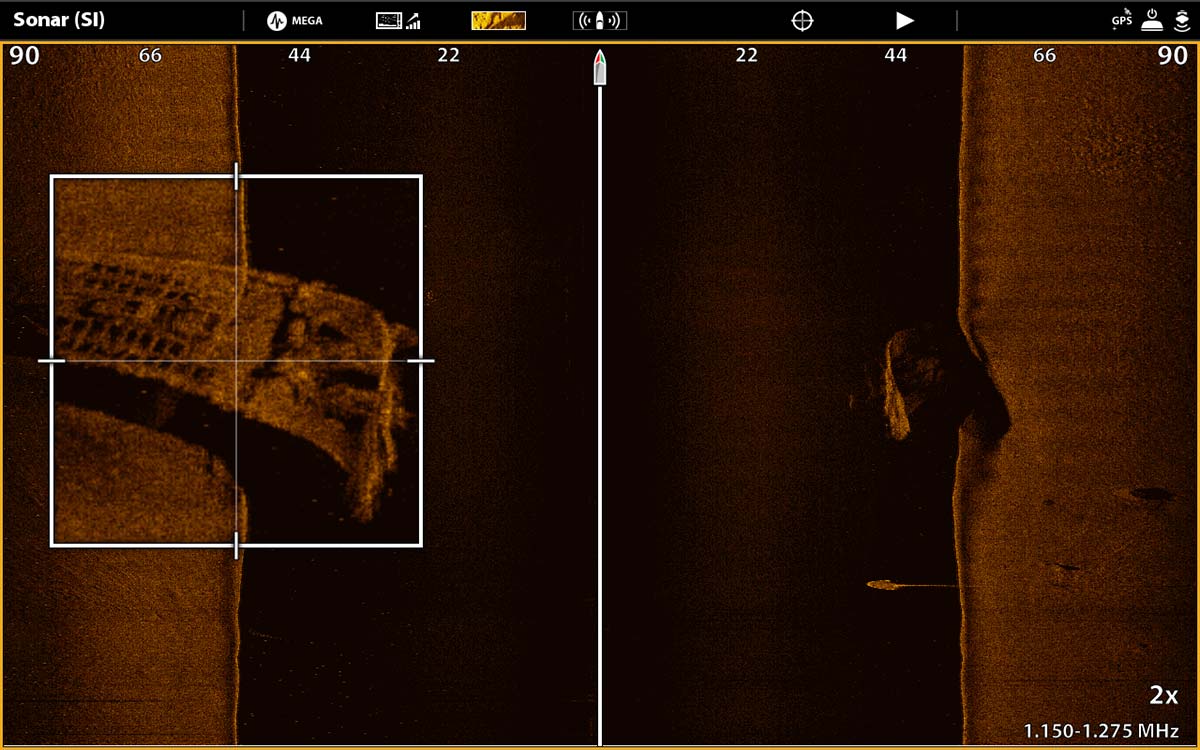
Techy Stuff
Drifting over these wrecks can be challenging because they represent a relatively small target and are in deep water. It’s wise to focus on periods of slower tides and days that aren’t too windy, if possible. The basics of the method are to make short, focused drifts, but there are tricks to get the most out of your time over the structure. Good electronics will make a huge difference in this game and once you use the latest and greatest technology, you’ll wonder how you ever made it happen with anything else! You will be able to see a detailed image of the wreck, areas that look particularly ‘sticky’ and areas that look particularly fishy. Losing tackle is inevitable in this game, but your electronics can help you avoid the nastiest parts of the wreck and limit the number of unsanctioned donations to Davy Jones’ Locker.
I step up my tackle when wreck fishing, the constant threat of snags means having a heavy rod, powerful reel and strong line will help you free snagged jigs or rigs and also control heavy fish and keep them away from the gnarly structure of an underwater shipwreck. My go to wreck fishing setup is a 7-foot heavy conventional Plasma Star rod paired with a Penn Fathom 30 star drag reel. This combo has all the lifting and cranking power I need to crank in heavy sinkers, and battle fish up and away from their deep and bony lairs. I don’t go super heavy for line, 30-pound Power Pro is my preference, the thinner diameter cut through the water, allowing me to use lighter weights. To protect from all the sharp objects on the bottom while wreck fishing I’ll tie in a 10-foot section of 60-pound Ande monofilament and attach my fluorocarbon leader to that.
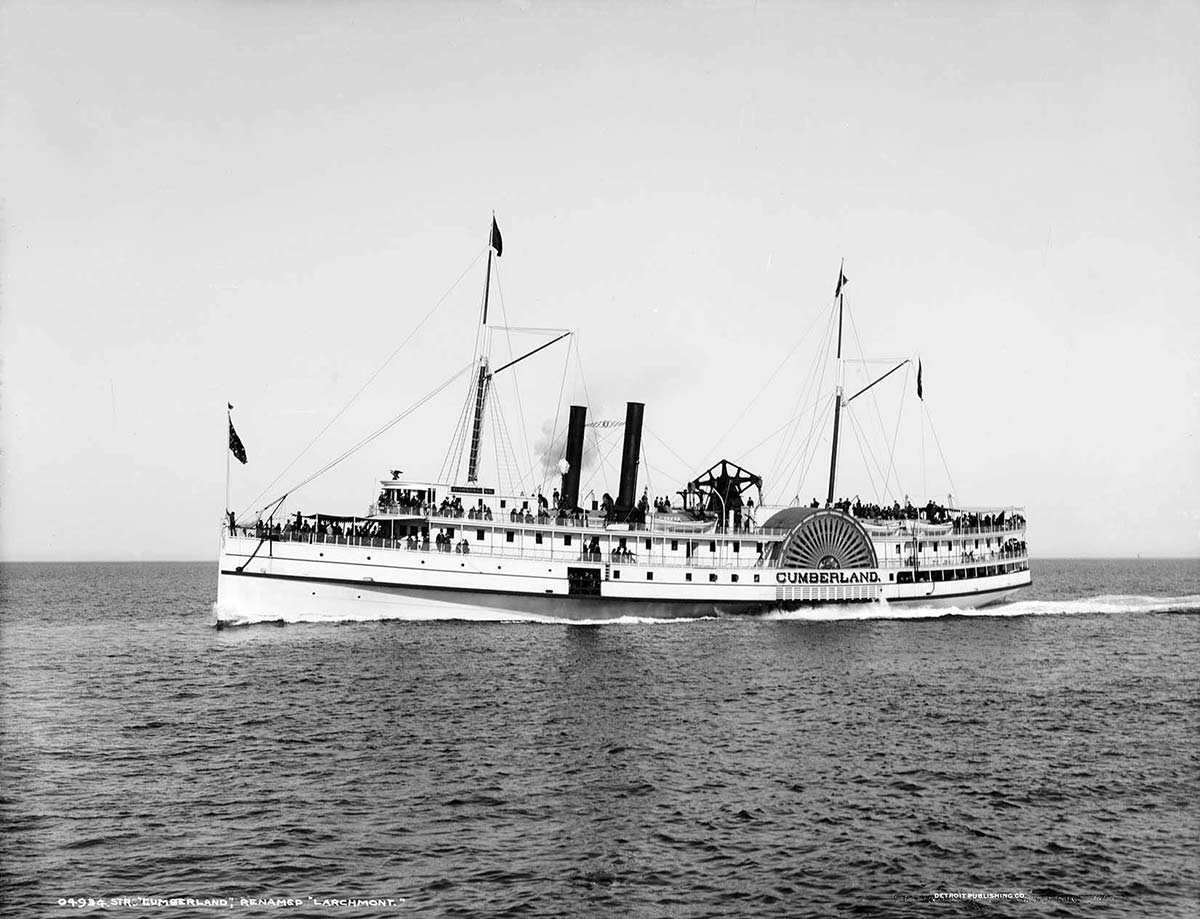
Fishing wrecks is challenging but also very rewarding. It’s fun to research and find the wrecks, it’s a challenge to find the best ways to fish them based on the wind and tide, too. But when you nail it all down and the rods start bending and fish begin thumping into the cooler, it gives you some nice fresh memories to revisit during the long cold winter. Not to mention plenty of fillets to enjoy while you reminisce about the past season and plan for the one ahead.



